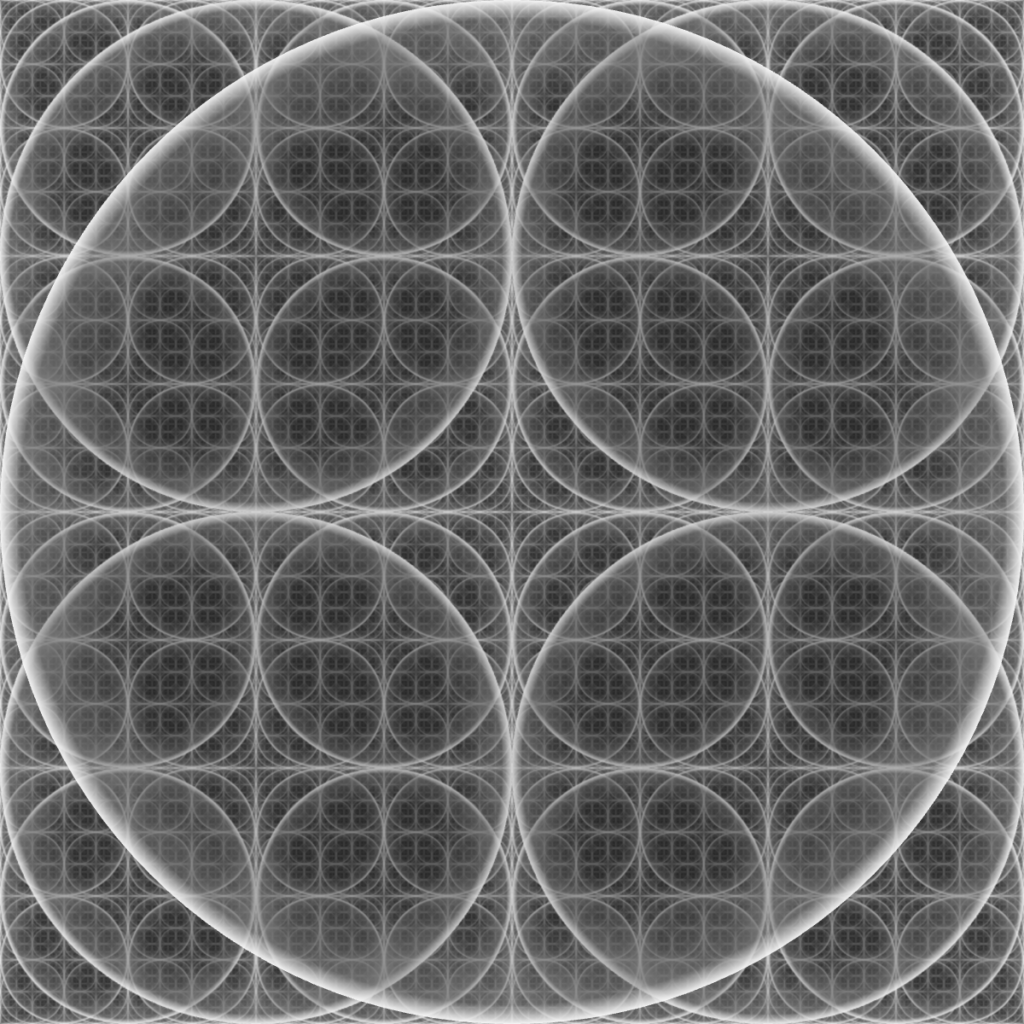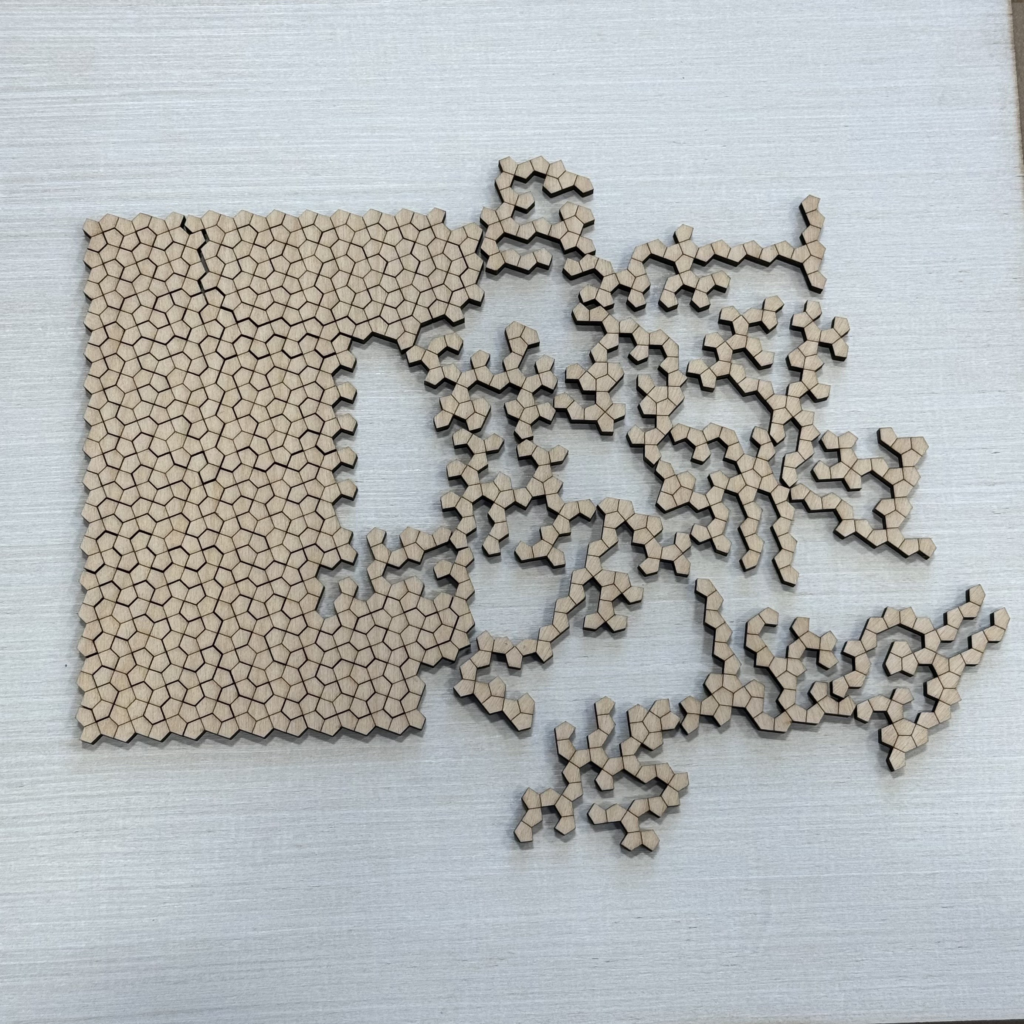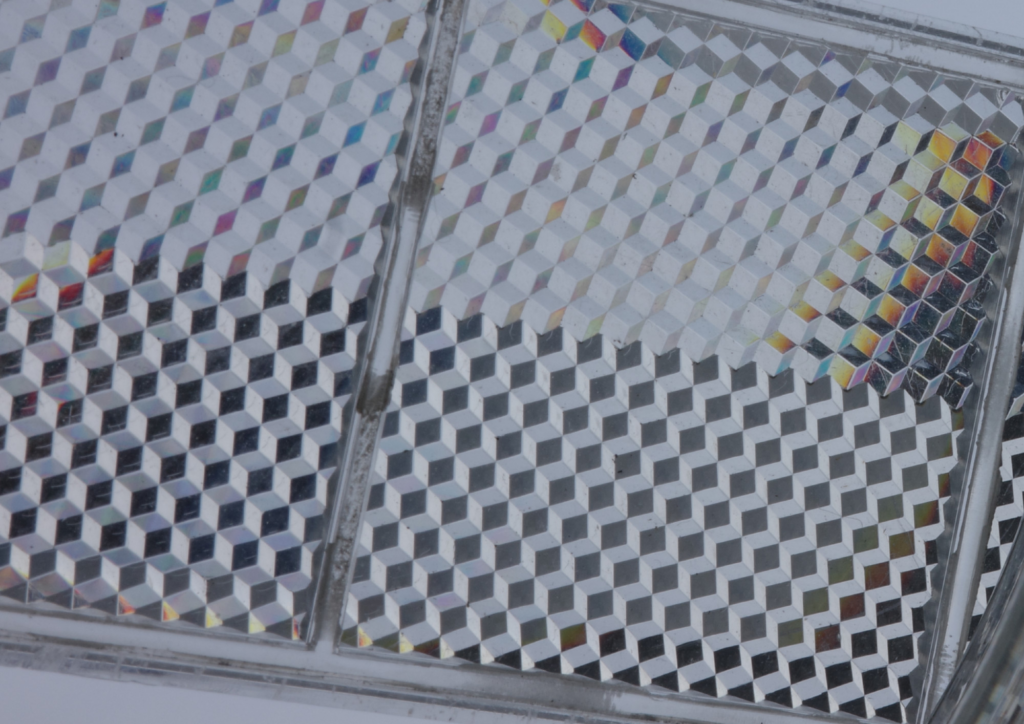This is a guest post by Elinor, who’s been collecting her favourite maths art from the month of March.
March is a month of change in the UK: the days get longer, the temperature is slowly creeping upwards, and we start to believe that spring may be arriving. Through this month of change I have been really enjoying all the #MathArtMarch posts that have been appearing on Mathstodon and Bluesky.
If you haven’t come across it yet, #MathArtMarch is a challenge, created by the fantastic Ayliean MacDonald, to link mathematics and art. They want you to either notice some maths in the world around you or just create a piece of art incorporating some mathematics. To give a helpful start, Ayliean has posted a list of prompts for each day in March – and many people have taken them up on the challenge, creating some amazing artworks.
Just because March is over, doesn’t mean maths and art are finished! Bring out the scissors, glue, and sparkles (sparkles created by a computer are also great) and create something magnificent! As Ayliean says, you could make “mathsy art or arty maths” – it’s all about just getting stuck in! You don’t have to post it online, but it is always fun to share your mathematical creations.
Below, I have collated a few of my favourite posts to inspire you to take two minutes to notice some maths in the art (whether human made or earth created) around you. Or to take some time by yourself, with friends or family, and get creative.
Day 1 – Prompt: Circles – I really like this piece by Emlyn which I was very impressed is made in Powerpoint! This is way beyond my powerpoint skills and goes to show that art can come in many (Microsoft Office) forms.
Day 2 – Prompt: On a square grid – From an early point in the month, Fractal Kitty may have surpassed us all in the fact that she incorporated all the prompts into one picture! Can you find them all?
Day 8 – Prompt: Pentagon – Jumping a few days ahead, I had two favourite posts! Firstly, I really enjoyed the tactile puzzle that Jesse has created, and again shows another art form!
There have been lots of fantastic fractal posts, which quite naturally look visually amazing. I really liked this one by curved-ruler as it comes with the accompanying code so you can play along yourself. Interactive art is always fun!
Day 12 – Prompt: Reflection – Loved this photograph by Paul showing some maths in the world around us!
Day 14 – Prompt: Irrationality – Pi day, maybe the most important mathematical day of the year? Lots of wonderful art was created around the prompt of irrationality but my favourite is the best use of pie charts that I have ever seen by David.
Day 18 – Prompt: Chance – Loved this mathematical knitting by Madeleine which shows yet another way that we can incorporate maths and art!
Day 20 – Prompt: Repetition – If you have kids (or even if you don’t!), I enjoyed that along with this piece of tessellating art, Maths Week Scotland show you how to recreate it yourself! A good mix of instruction and then letting you have a go.
Day 21 – Prompt: Font – This linocut portrait of Sophie Germain is amazing, and I really like how Ele has incorporated some of Germain’s handwriting into the piece.
That is just a small sample of my favourite posts from #MathArtMarch! Let us know if you have any other favourites – and if you create your own mathematical art inspired by one of the prompts, share it with the hashtag.






One Response to “A bit of inspiration from #MathArtMarch”